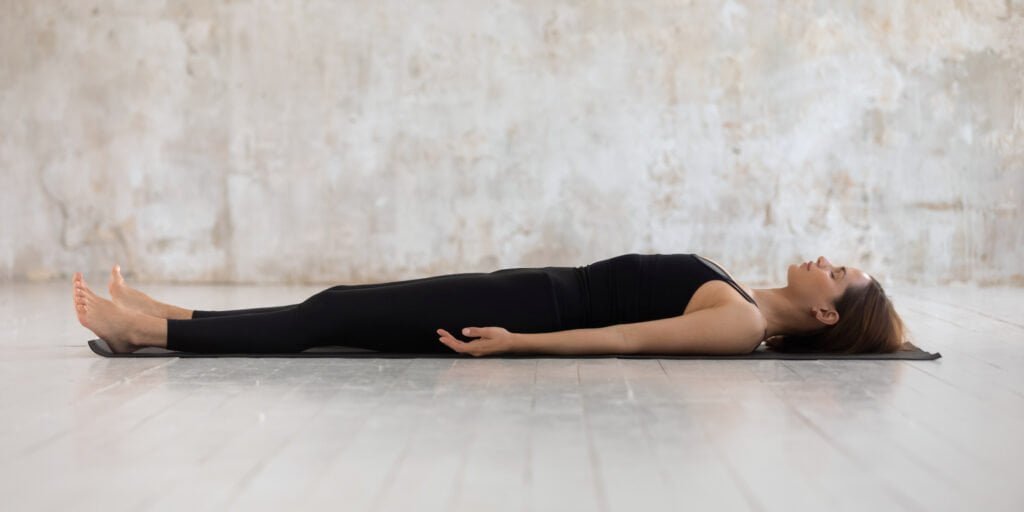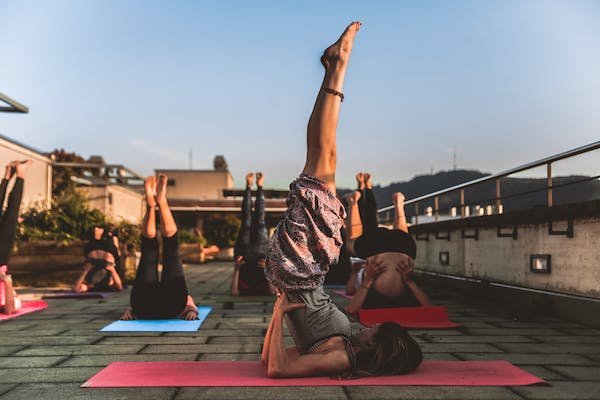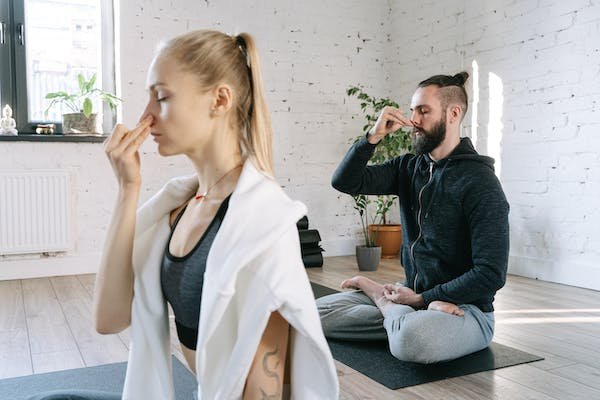Anti-Aging Exercises: Men, as they age, often undergo a decline in muscle mass, bone density, flexibility, and metabolism. While aging is inevitable, regular physical activities can slow the process and maintain overall health and vitality.
Understanding the Aging Process
Aging is inevitable, but its effects on the body can be managed. Regular exercise plays a crucial role in slowing down the aging process. By understanding how aging impacts the body, men can tailor their fitness routines to address specific needs.
List of 10 Best Anti-Aging Exercises for Men: Stay Fit, Active, and Young
Strength Training
Strength training is paramount for men above 30 as it enhances muscle mass and bone density, both of which are likely to decline with age.
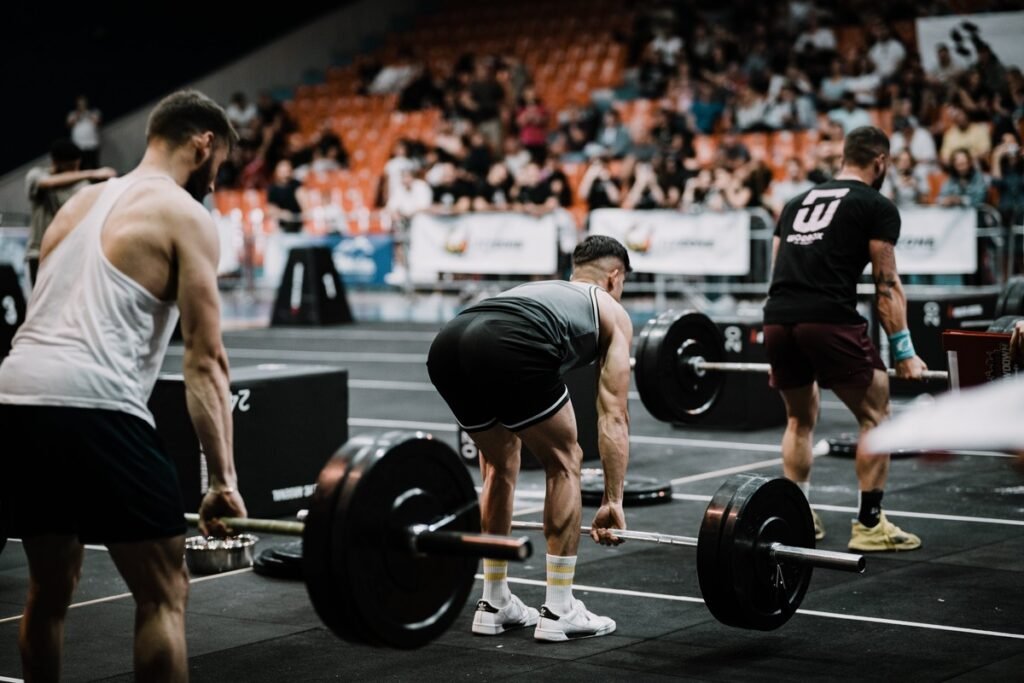
From barbell squats and deadlifts to bench presses, these compound movements activate multiple muscle groups, leverage your time, and offer the most bang for your buck.
Cardiovascular Exercises
Cardiovascular exercises like walking, running, swimming, or cycling improve heart health and circulation while boosting lung capacity.
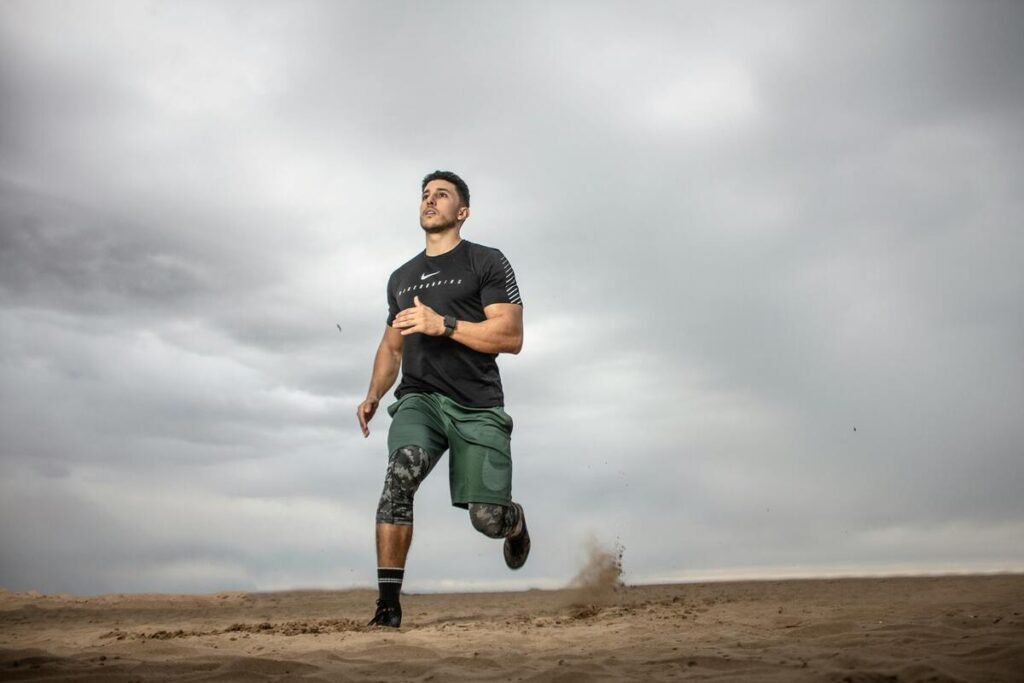
These exercises are beneficial in maintaining a healthy weight, limiting the risk of heart disease, and promoting overall fitness.
High-Intensity Interval Training (HIIT)
HIIT combines short, intense bursts of exercise with periods of rest or lower-intensity exercise.

This form of training increases cardiovascular fitness, enhances metabolism, improves insulin sensitivity, and sustains muscle mass – all crucial for the aging man.
Yoga
Often overlooked, yoga is an incredible way to enhance flexibility, balance, and stress management.

Different yoga styles, such as Hatha or Ashtanga, help improve posture, muscle tone, and mental health, beneficial for any age group.
Pilates
Pilates exercises boost core strength, an essential aspect of your fitness overlooked by conventional gym workouts.
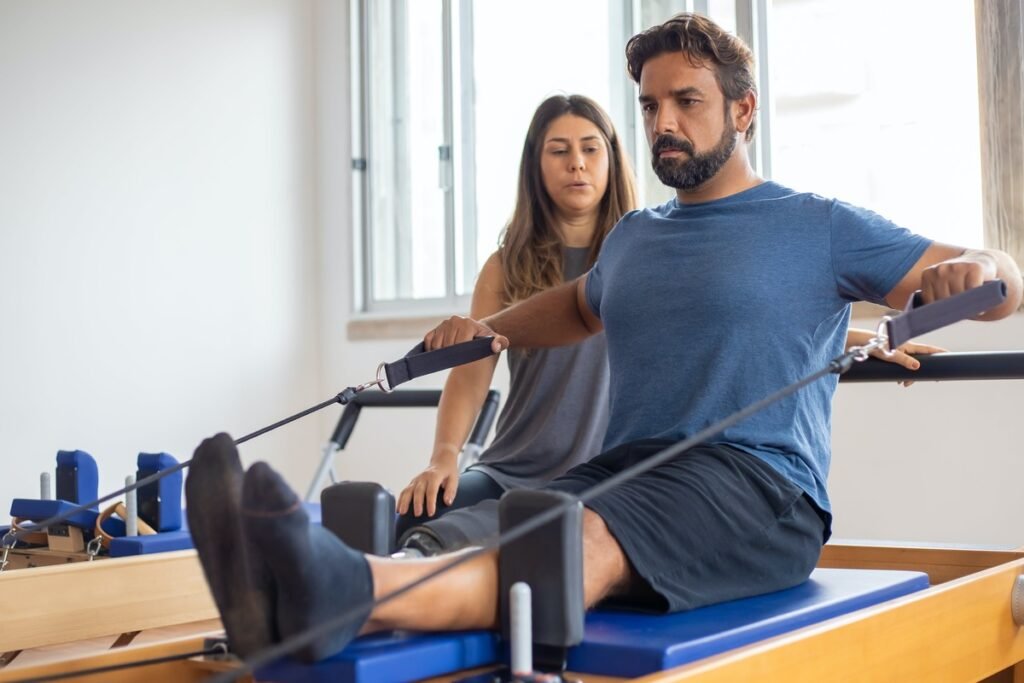
It can enhance balance, coordination, and flexibility, lower the risk of injury, and support improved physical performance.
Also Read Some Easy Standing Exercises For Flat Belly: Health Is Wealth
Flexibility and Mobility Drills
Aging lowers mobility and increases stiffness in the body. By practicing flexibility exercises, men can maintain a good range of motion in their joints, reduce muscle tightness, and improve day-to-day functioning.
Kettlebell Training
Kettlebell exercises provide both strength and cardio training.
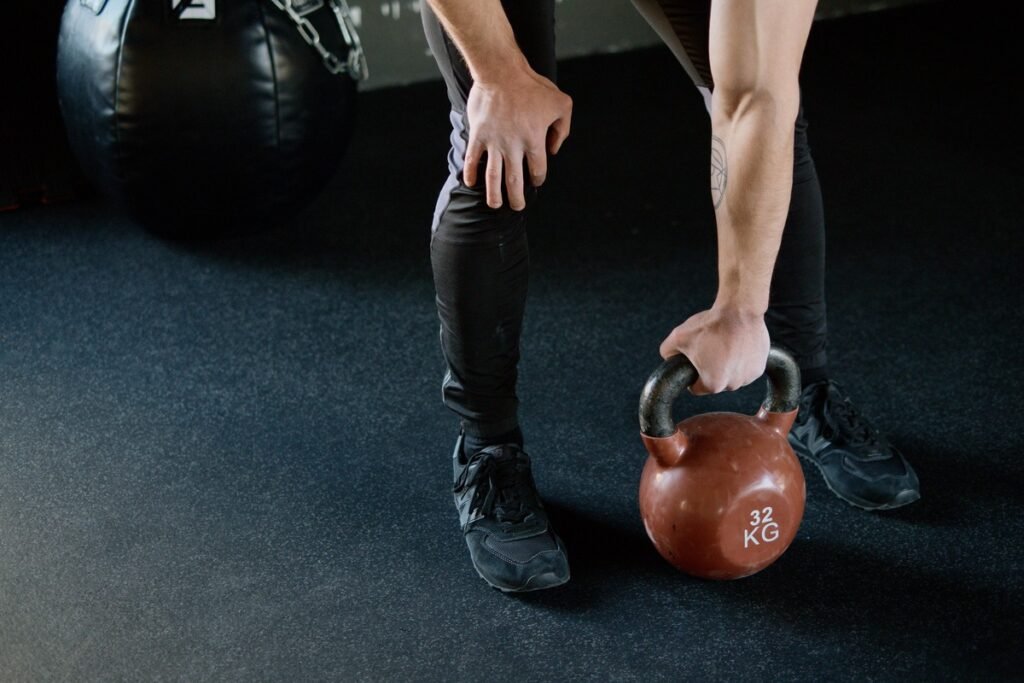
The dynamic nature enhances stability, coordination, and core strength, and burns a significant number of calories, which is beneficial for anti-aging.
Cycling/Spinning
Cycling is a low-impact exercise that’s easier on the joints than running, making it a wonderful option for older men.

Riding outdoors or spinning in a class both offer cardiovascular benefits, build muscle tone, and enhance stamina.
Swimming
Swimming as an exercise offers full-body workouts improving lung capacity, heart health, muscle strength, and joint health.

Its low-impact nature is perfect for older men who want a rigorous workout with minimal joint stress.
Tai Chi
This Chinese martial art, known as “meditation in motion,” is an effective low-impact exercise that enhances balance, agility, strength, and flexibility.
It also reduces stress and anxiety, contributing to overall mental well-being.
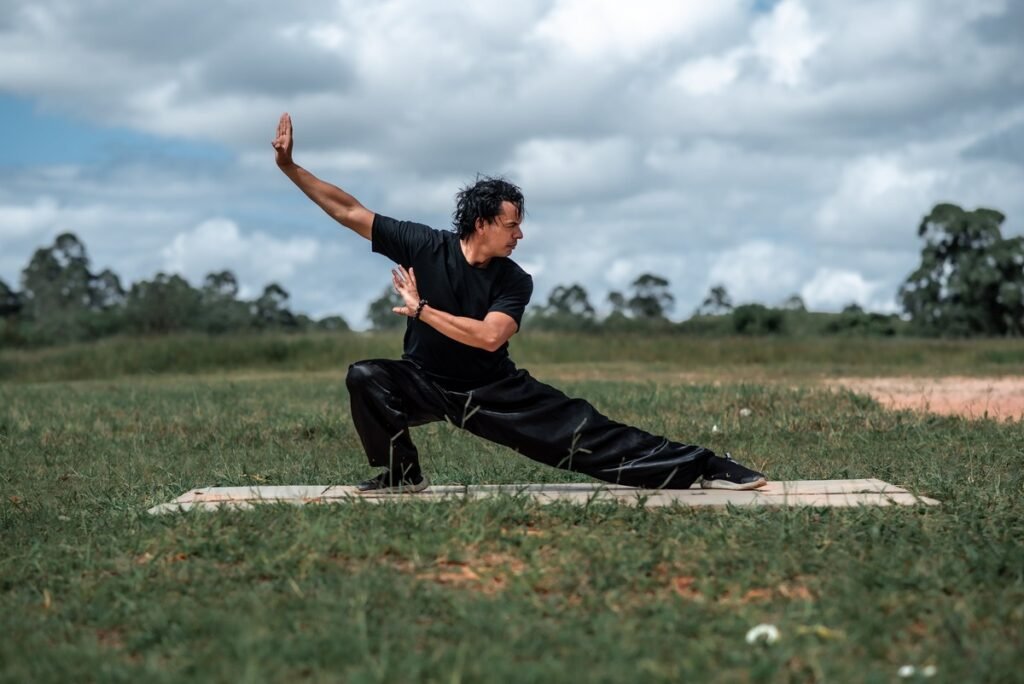
Aging comes with challenges, but regularly performing these 10 best anti-aging exercises for men can positively impact the physical and mental aspects of aging. Remember, it’s never too late to start. Before you launch a new physical routine, consider consulting a healthcare provider, especially if you have any underlying health issues. Stay strong, stay active, and make every year your best one.


